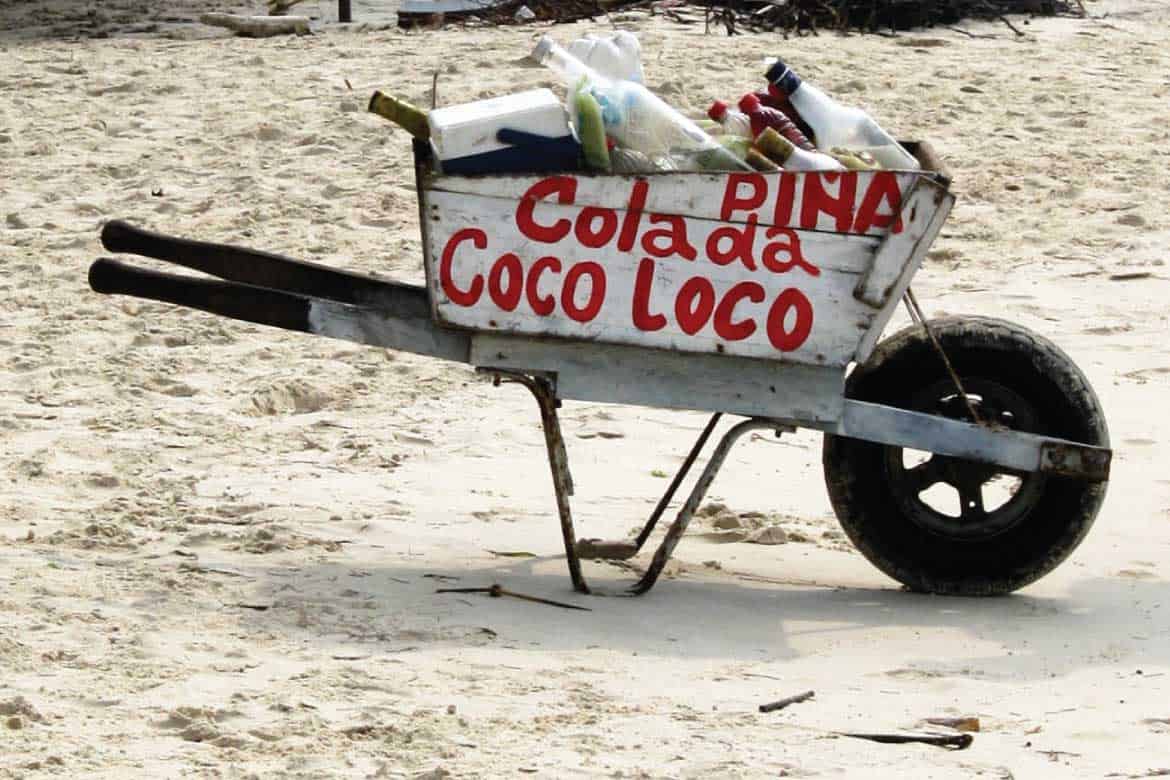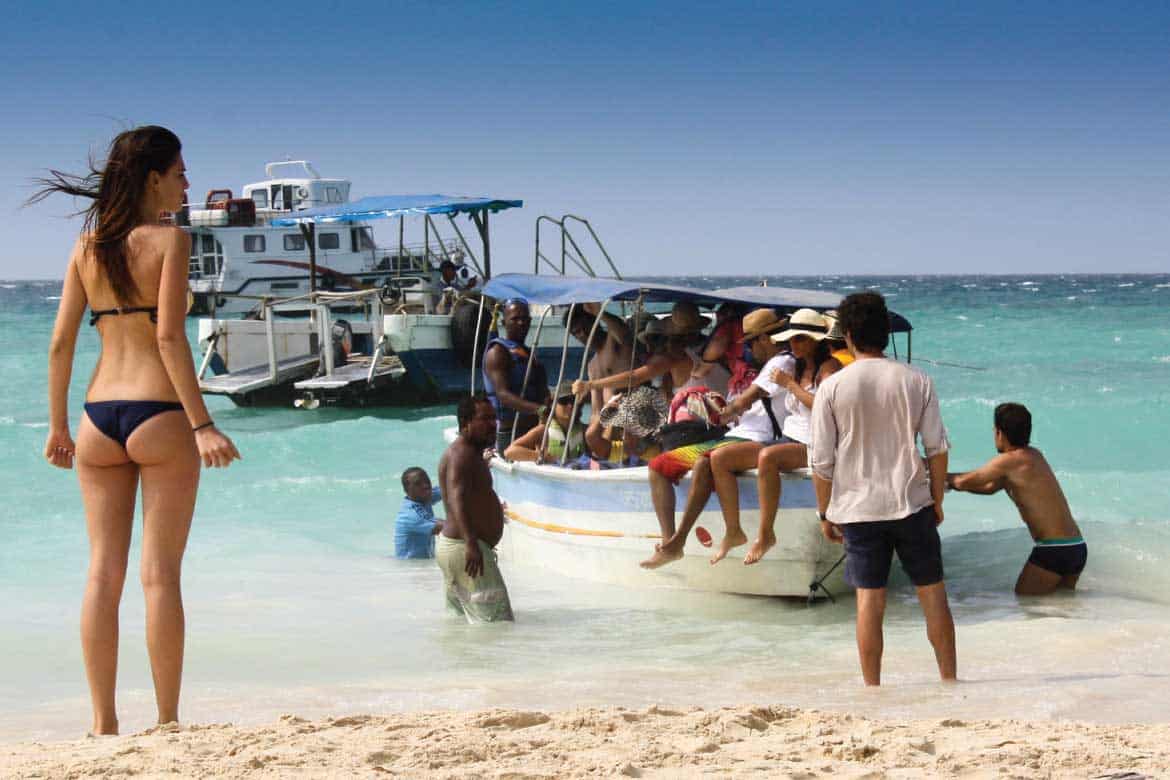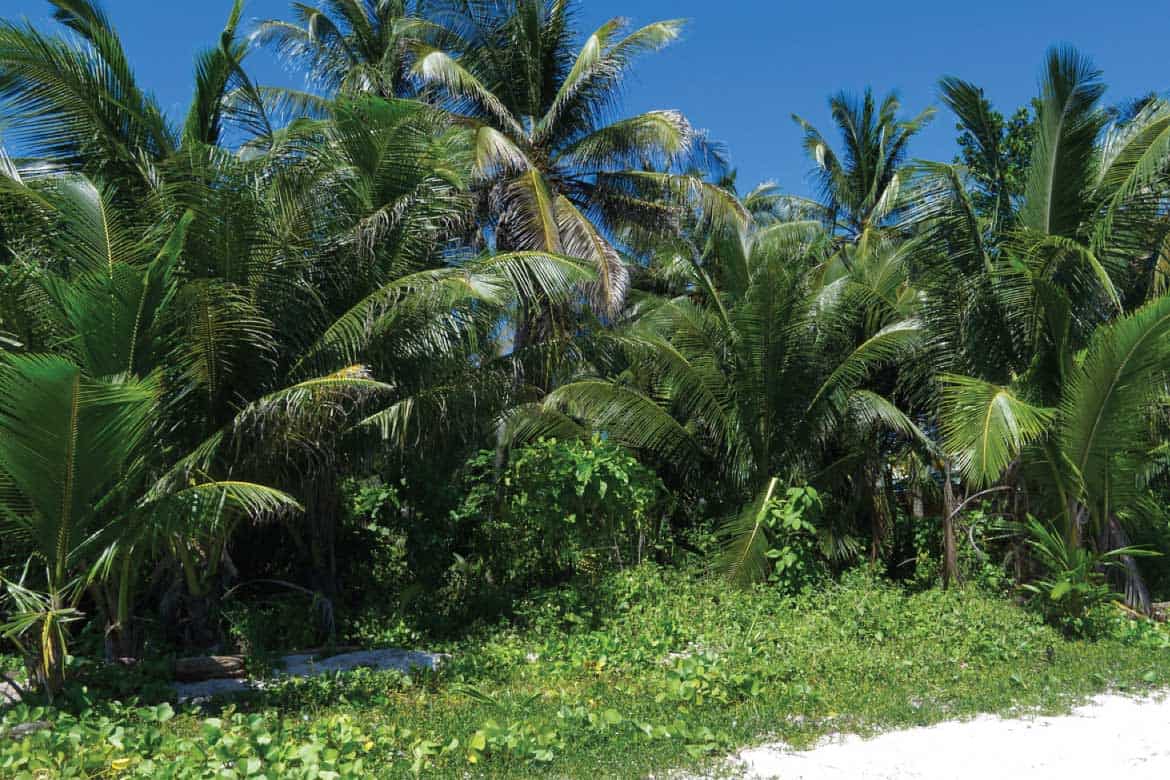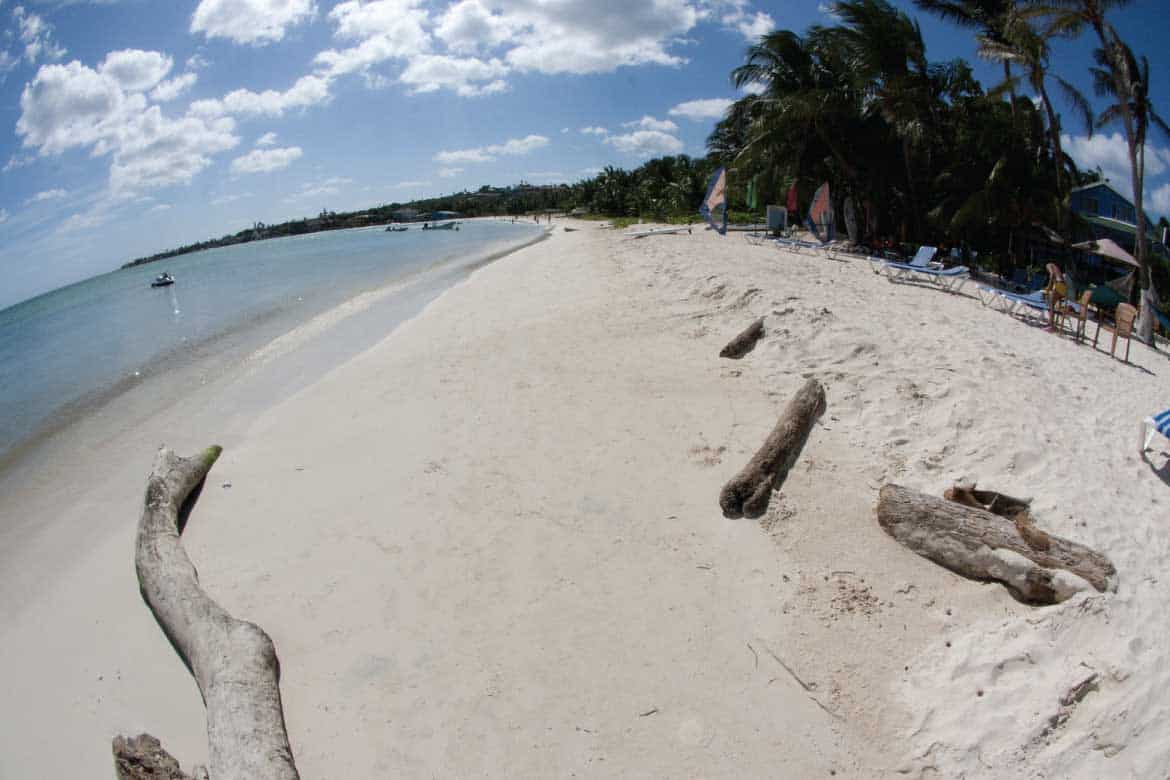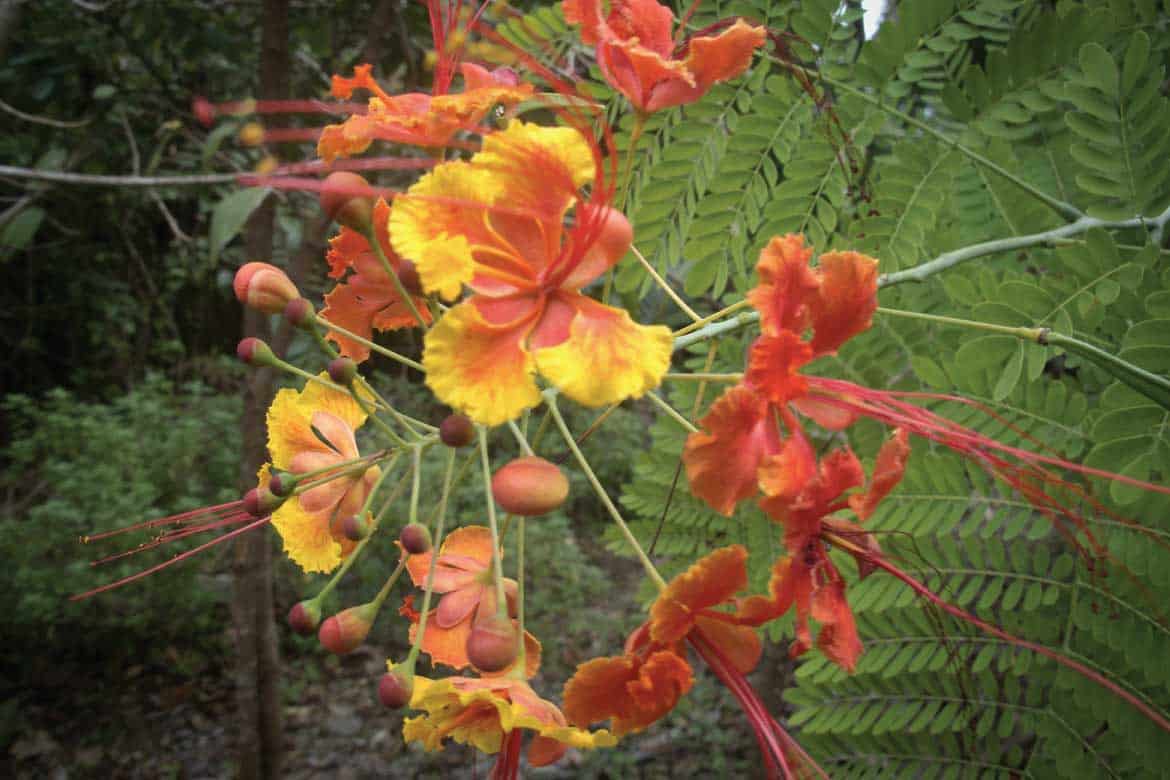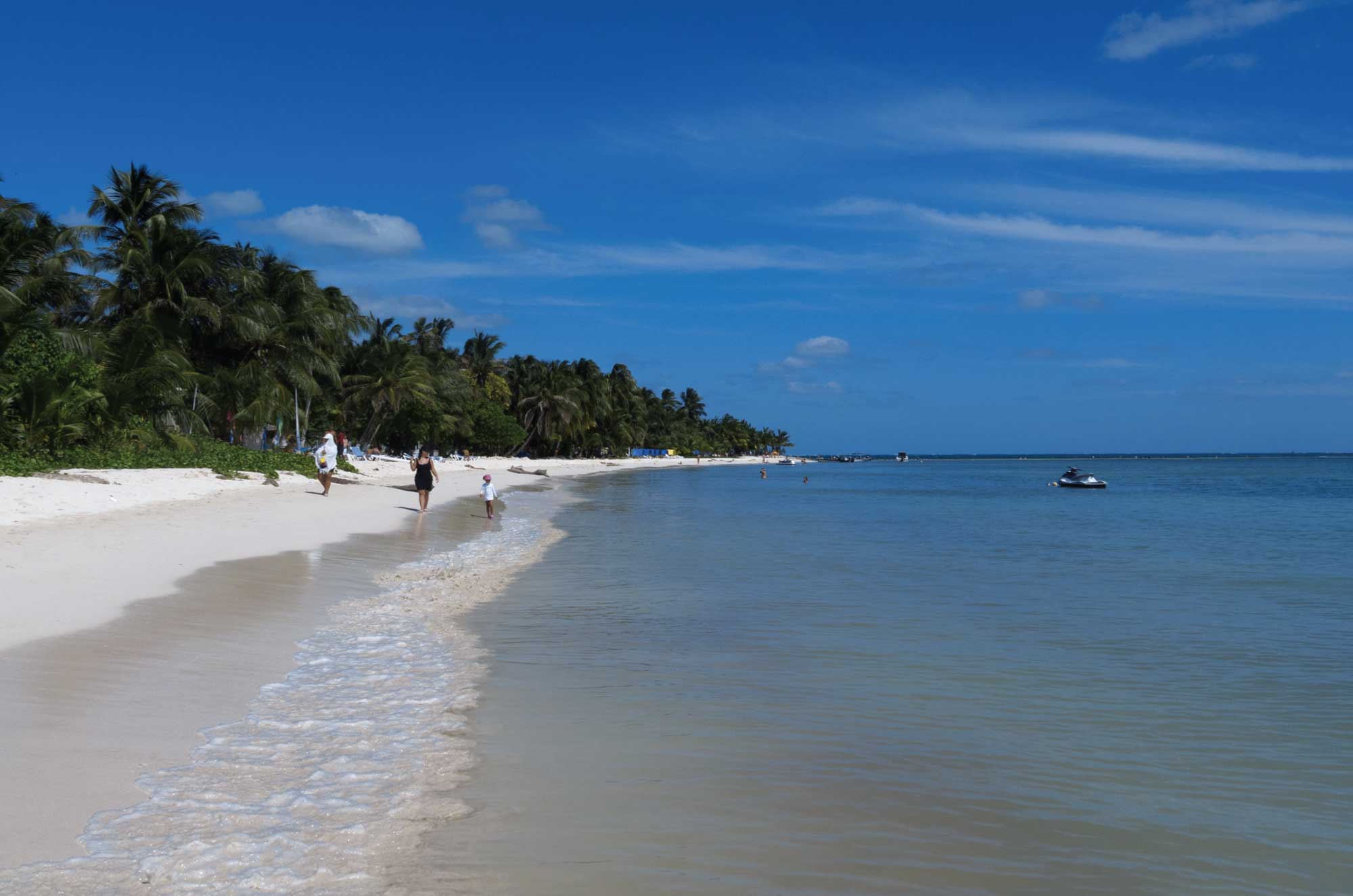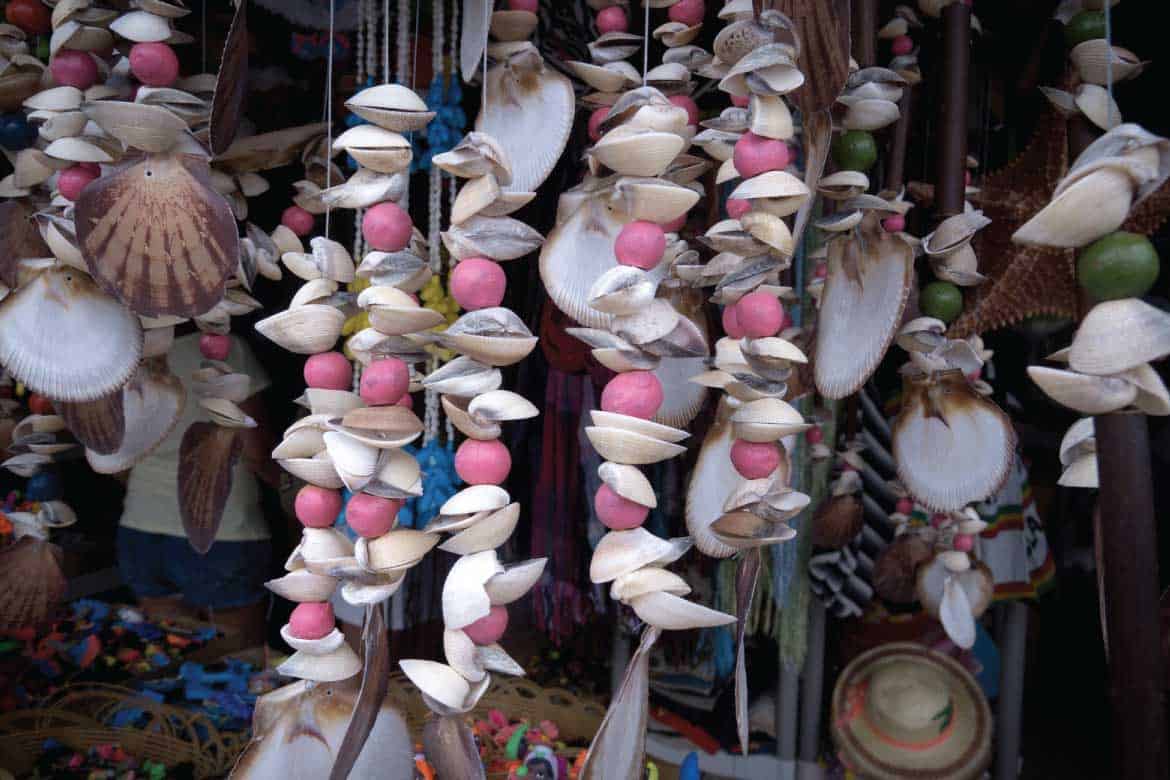Colombia – Island paradise
By Vicki Kellaway
Colombia is the world in one country, from the glorious peaks of The Andes to the darkness of the Amazon rainforest, with two coastlines and a stretch of cowboy plains thrown in.
But often forgotten in such a gloriously diverse nation are Colombia’s islands, home to some of the land’s first inhabitants and today some of the country’s most vibrant and beautiful landscapes and its busiest coral reefs.
Colombia’s Caribbean islands, for example, were first inhabited by Karib indigenous people who were later displaced by the Spanish. The islands were occupied again by freed or runaway slaves from the mainland, the ancestors of most of the people living there today.
Gorgona, on the Pacific side, was probably originally inhabited by people from the Tumaco or Tolita culture and the indigenous settlers who arrived later left remains that are more than 3,300-years-old. The island was then occupied by the conqueror Francisco Pizarro, en-route to Peru. He stayed with his men for seven months, awaiting supplies.
Despite such a changeable, and often bloody, history the islands have today been transformed into unique landscapes, each offering the visitor something different – from the rare sharks on Malpelo to the incredible adjustments made by those living on Islote de Santa Cruz, one of the most densely populated places on the planet.
Rosario and San Bernardo Islands
Everyone has paradise in mind when they visit the Caribbean and nothing completes the idyll more than a coral reef, that endless underwater garden of coloured fish, plants and sea grasses. The Rosario islands – including San Bernardo National Park – are famed for the hive of activity that forms beneath the turquoise surface.
But the 30 islands in the Rosario archipelago – 45km from Cartagena – are worth exploring on foot too. The most popular is San Martín de Pajarales, known for its thriving natural aquarium, which forms a breeding home for species including dolphins and giant sea turtles.
Islote de Santa Cruz
Santa Cruz del Islote is also part of the Rosario archipelago and is one of the most crowded places in the world – this tiny space (about 012 km²) houses 700 people in 90 homes, rising to more than 1,000 in the holidays when schoolchildren return from the mainland.
The islanders have no electricity and only receive fresh water once every three weeks, imported by the Colombian navy. Most use salty well water for their laundry and there are no beaches or swimming pools, with the island even too small for a proper game of football.
The islanders are encouraging tourism to boost their economy and resources.
Isla Tierra Bomba
Tierra Bomba is just south of the city of Cartagena and home to around 9,000 people. It is beloved for its beaches – with a coastline of more than 43km – particularly those that lie close to the historical monuments of the Castle of San Fernando de Bocachica. Visitors spend hours there, exploring the ruins before enjoying the freshly cooked fish.
San Andrés and Providencia
The San Andrés, Providencia and Santa Catalina archipelago is really two groups of islands nestled within eight outlying banks and reefs. San Andrés island is the capital.
This English-speaking island is around 26 km² with the main town – also called San Andrés – in the north and the town of San Luís out to the east. Locals are particularly proud of the small lagoon in the centre of the island, which they call ‘Big Pond’.
Mountainous Providencia – the main island of the second group – is smaller but memorable for its three peaks, rising to around 360m, in the centre. The villages have colloquial names here too including Town, Bottom House and Lazy Hill.
Isla Gorgona
Gorgona – that jewel in the Pacific Ocean – was a prison until 1985 when it became the forest park it is today. It is famed for the vast number of species endemic to its shores.
Poisonous snakes always did deter the island’s former convicts from escaping and are still rampant, which means visitors are frequently accompanied and warned to wear boots.
The old prison buildings can still be seen but most flock to the island for its sub-tropical forests and coral reefs, particularly scuba divers. There are no permanent residents now.
Malpelo Island
Malpelo Island is ancient – more a giant volcanic rock than an island. From a distance it appears brown and barren, with three distinct rocky peaks in the centre.
It should be devoid of plantlife but somehow, thanks to visiting birds, the shrubs, ferns, lichens and mosses have found a way to grow and soften the island’s appearance.
Malpelo has been a UNESCO World Heritage Site since 2006. Its waters are home to a wide variety of sharks, including the rare Smalltooth sand tiger.
The Colombian Way © 2017
About the writer
Brit Vicki Kellaway earned her stripes as a journalist back in the UK and has now chosen to make a life for herself in Colombia’s capital Bogotá.
Vicki is a regularly published contributor to Bogotá’s The City Paper and is also the wordsmith behind the award winning weblog Banana Skin Flip Flops where she chronicles her travels and insightful musings not only in Colombia but throughout Latin America
Of course, Vicki also writes exclusive articles for Colombian Life. Our online magazine.


